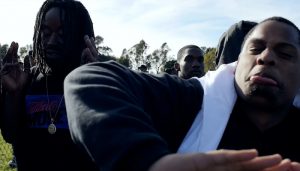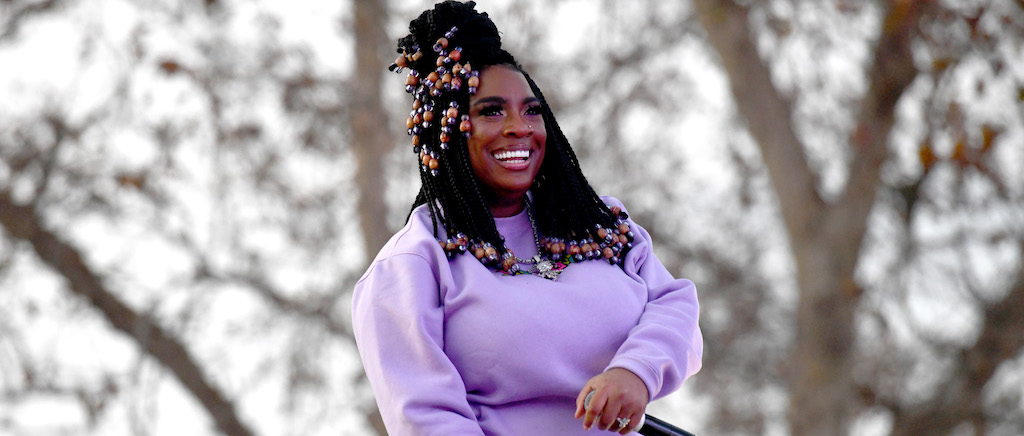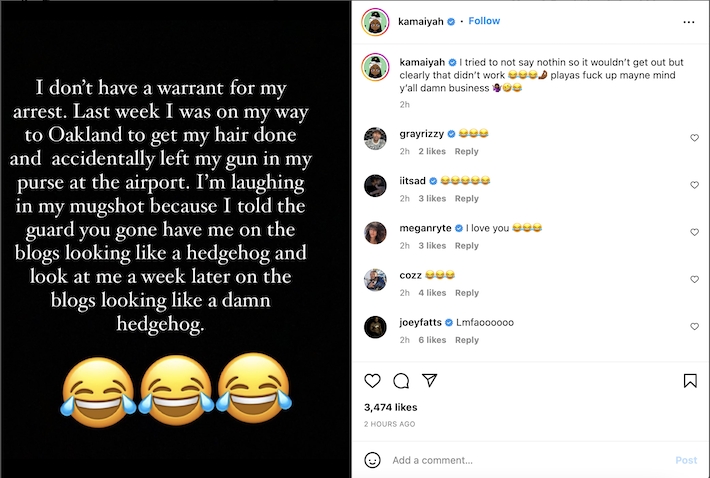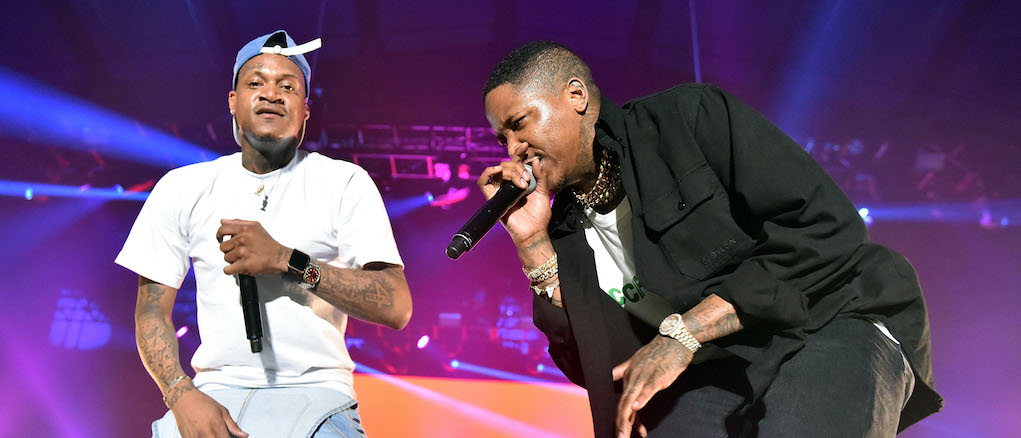
Los Angeles may be known as the birthplace of gangsta rap, but just 500 miles away in northern California, the Bay Area boasts its own distinct hip-hop sound and culture in a vibe that can only be described as “hyphy.” While the hyphy movement never gained the same mainstream momentum as other musical genres, it simultaneously reflected and influenced culture and sound, not just in the Bay Area, but around the nation as well, albeit somewhat subtly. The documentary WE WERE HYPHY takes viewers on a journey through the unique Hyphy culture and sound, showcasing a movement that uniquely captured a special time and place in modern history.
Through interviews with Bay Area artists including G-Eazy and Kamaiyah, journalists, industry professionals, and Bay Area legends, WE WERE HYPHY provides an intimate glimpse into the Hyphy culture and experience from two perspectives – through the eyes of the artists who created the iconic sound, and through Bay Area residents who grew up under the influence of hyphy’s uniquely charismatic spell.
Director Laurence Madrigal’s describes hyphy as a “testament to the power of the community” and uses the 84-minute movie to show how the hyphy movement started out as an underground movement that elevated the underrepresented voices of Bay Area youth and grew to a full-scale scene, with hit songs and albums, sideshows and ghost-riding, turf- and “going-dumb”-dancing, fashion trends, slang, and more.
Rooted in the counterculture of San Francisco’s Bay Area and Oakland in the late 1960s and 1970s, the Bay Area (or “the yay area” as some locals call it) has always been its own epicenter of a culture that has influenced many social movements and the sound that reflected both struggle and hope.
The film traces the sound from Too $hort’s early sound pioneering and describes how major Bay Area hyphy artists such as E-40, Mac Dre, Traxamillion, Rick Rock, and others created their distinct sounds. The documentary shows how each artist or producer brought their own flare such as Mac Dre’s 808 sound, Traxamillion’s addition of the triton keyboard, and Rick Rock’s addition of a southern Miami beat. However, the hyphy sound still had much in common: uptempo “mob” music, a lot of 808s, drums, and synthesizer sounds that is simultaneously high-energy and raw, creating an Intersection of distinct beats and wordsmithing that often borders on poetry- all with faster beats than the rap sounds of SoCal or the East Coast.
This uniqueness is one reason that G-Eazy describes the Bay Area in the documentary as an “unusual place.”
However, the film shows how hyphy extended far beyond music, both reflecting and creating community in and around Oakland through the dances, fashion, and sideshows.
An over-the-top aesthetic that mixed bling, mainstream sneakers, and airbrushed tees defined hyphy fashion while tricked out cars with state-of-the-art sound systems spun out in vacant lots and even major intersections on Friday and Saturday night, in a phenomenon that was known as “the sideshow.” Interviewees describe how the sideshows influenced hyphy culture and sound and how the sideshows reflected the energy of the hyphy attitude.
The documentary also describes how dance was the one element that truly defined the hyphy culture. Locals referred to hyphy dancing as “turfin,” dancing in a way that was unique to your “turf” or as an acronym for “taking up room on the floor.”
It also tells the darker side of the hyphy movement’s history, namely the impact that the untimely death of Mac Dre in 2004 had on the movement.
The documentary reflects how hyphy is “an energy, a feeling” and something “that you feel inside,” sampling from some of the genre’s top hits and using archived footage to create a vivid experience that transports viewers to a different time and place.
WE WERE HYPHY gets its world premiere as part of Cinejoy. The popular online offshoot of San Jose’s Cinequest film festival runs April 1-17, and comes well-stocked with world, national and Bay Area premieres, along with interactive events such as watch parties and spotlights. More information is at www.cinequest.org.
The post Documentary WE WERE HYPHY Captures Distinct Bay Area Sound and Culture appeared first on The Source.






 RIP SLIM 400.. rest in heaven to my dawg!
RIP SLIM 400.. rest in heaven to my dawg!